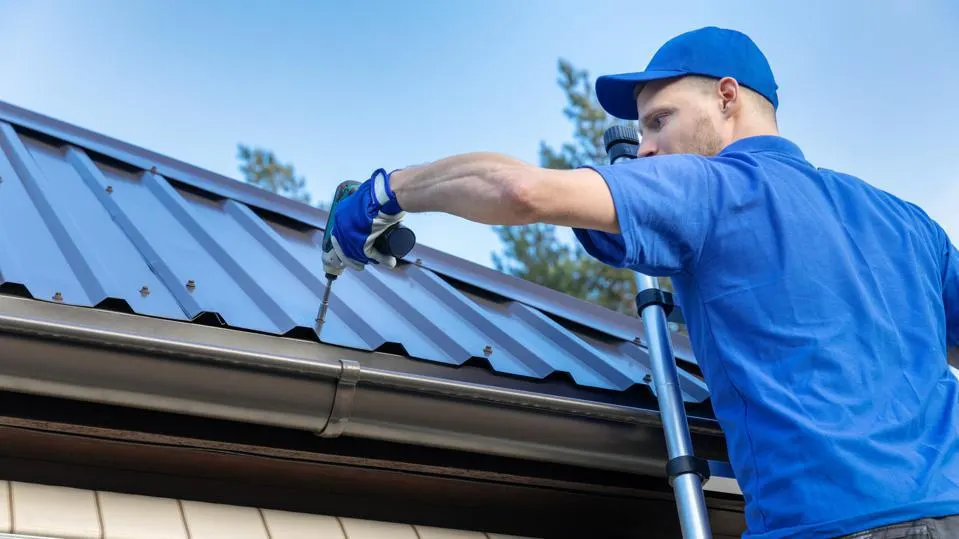Roof Air Ventilators provide a path for fresh air from the outdoors to enter and leave an attic. The primary goal of this airflow is to keep the attic at a comfortable temperature. Outside air is a natural thermostat that regulates the temperature of a heated chamber. These ventilators are also cost effective, which makes them an excellent choice for industrial buildings.
Roof Ventilators come in a variety of shapes and designs. They are made from a variety of materials and are designed by highly skilled professionals. They create an environment free of dust and pollution while delivering energy-efficient cooling. As a bonus, many of these ventilators are completely energy-free, which reduces the need for electricity or gas.
Roof ventilators also improve climate control in homes. They allow warm air to escape during the summer, and cool air to enter during the winter. By removing the warm air and replacing it with cooler air from the outside, they help lower the temperature of the entire house. This is beneficial because it prevents moisture from building up inside the house, which can damage the roof or even lead to the growth of mold.
Roof air ventilation is an important part of maintaining a comfortable climate in a home, and can extend the life of your home and save you money. Proper ventilation of the attic is also crucial for the health of your home and the longevity of your roof. Without proper ventilation, heat can build up in the attic and cause leaks.
Roof ventilators come in a variety of styles. Some are revolving while others operate with a power source. Intake ventilators can be hidden in the eaves, and can be installed underneath the shingles. Both types work by forcing warm air to escape through ridge vents.
Some roof ventilators can also be used for venting the attic. One type of vent uses large 15-inch fan blades and can ventilate up to 2,400 square feet. This roof air ventilator has a thermostat that controls the amount of fresh air it lets in. Another type uses an adjustable thermostat to automatically turn on when the temperature reaches a certain level.
Roof ventilators also help regulate the temperature in the roof area, reducing the chances of condensation. Proper ventilation in the attic can make a house feel comfortable, which can decrease energy bills. The temperature inside the house will stay more consistent. This will reduce the amount of energy you use each month.
Roof ventilation can also help prevent ice dams. These are formed when the warm air from the sun accumulates on the roof. With proper roof ventilation, the water will drain and help cool the house. It will also reduce the cost of air conditioning by allowing the melted water to escape.





